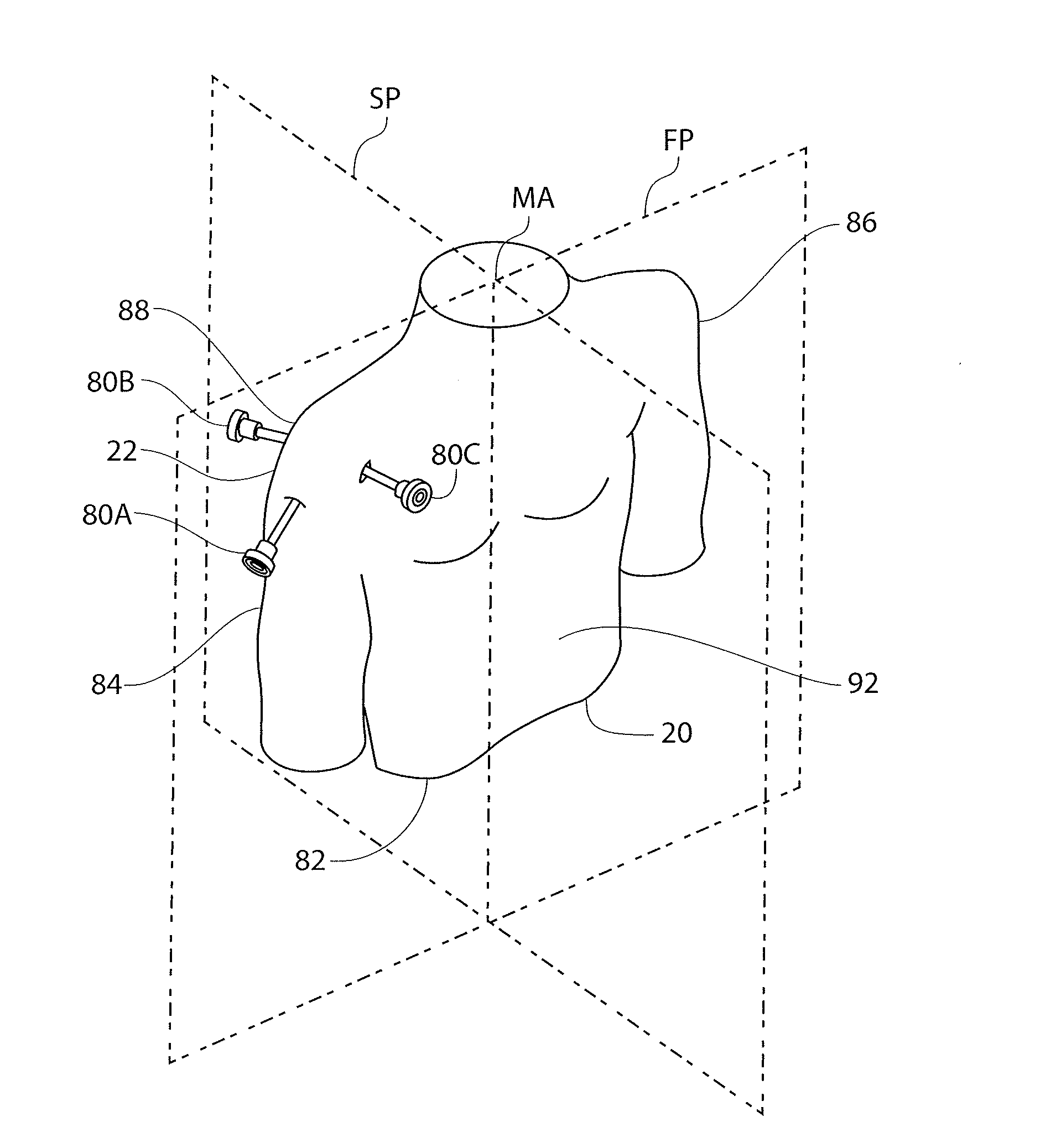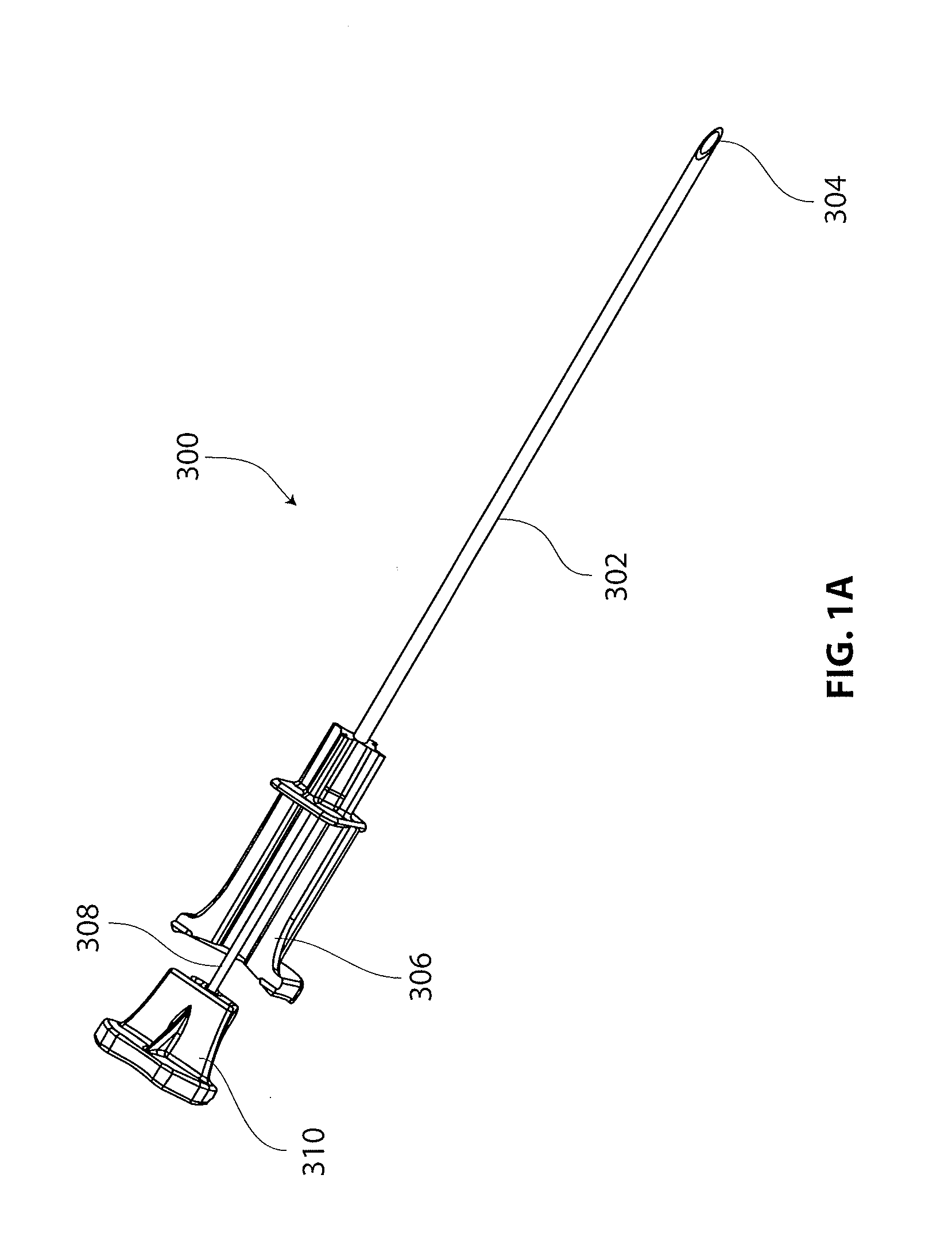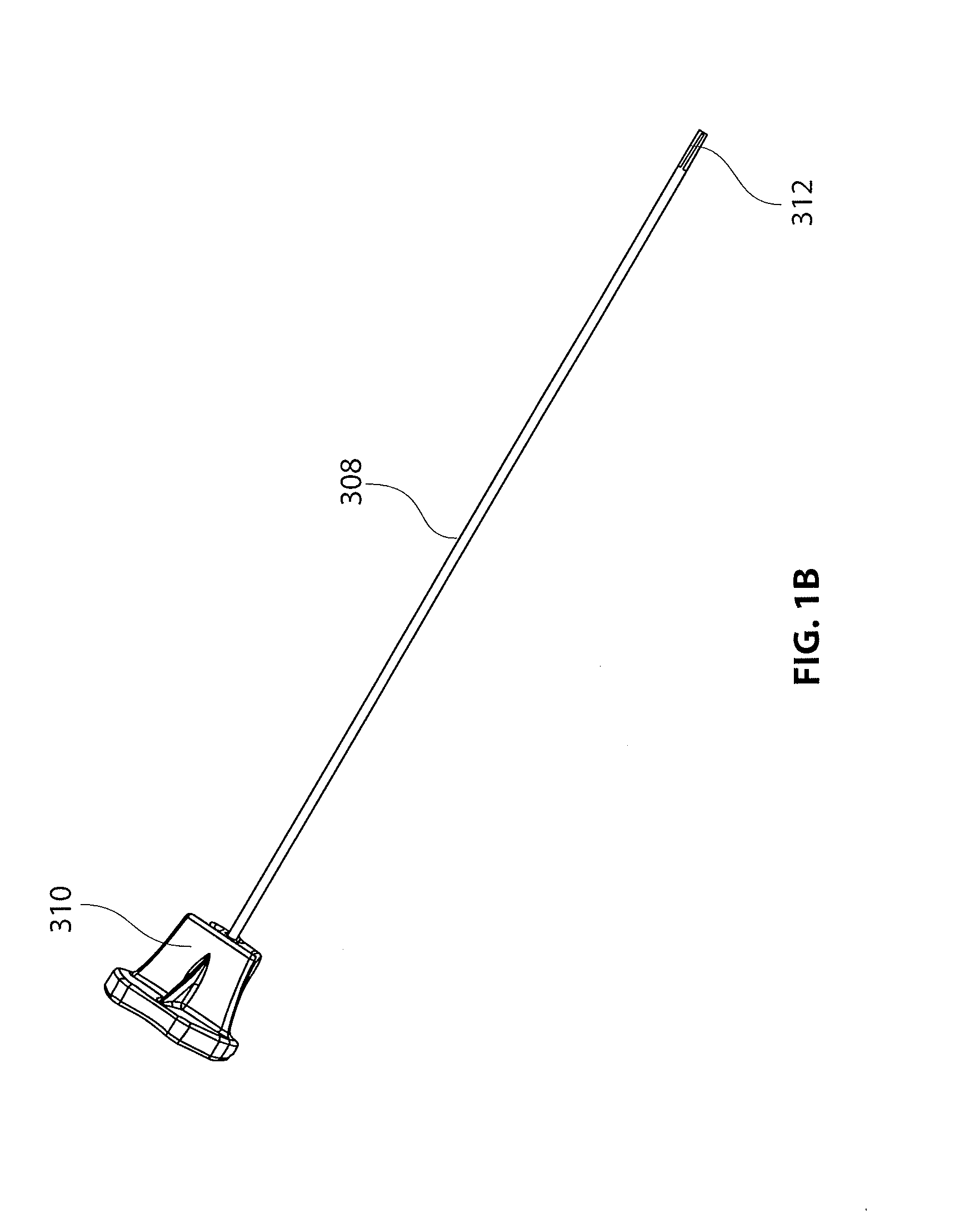Anatomical location markers and methods of use in positioning sheet-like materials during surgery
a technology of anatomical location markers and positioning sheets, applied in the field of orthopedic medicine and surgery, can solve the problems of complex mechanical properties of the rotator cuff muscles, damage to the rotator cuff or the rotator cuff tendons, and damage to the rotator cuff, etc., to achieve accurate positioning and delivery.
- Summary
- Abstract
- Description
- Claims
- Application Information
AI Technical Summary
Benefits of technology
Problems solved by technology
Method used
Image
Examples
Embodiment Construction
[0061]The following detailed description should be read with reference to the drawings in which similar elements in different drawings are numbered the same. The drawings, which are not necessarily to scale, depict illustrative embodiments and are not intended to limit the scope of the invention.
[0062]The present disclosure is directed to a tissue marker assembly that is particularly useful with an implant delivery system for accurately positioning and deploying or delivering a sheet-like implant to a treatment site. The tissue marker assembly and delivery system are discussed in detail with respect to treatment of tendons in articulating joints, specifically the supraspinatus tendon of the rotator cuff in the shoulder. However, it is recognized that the tissue marker assembly, delivery system and other components of a kit disclosed herein can be utilized in any areas of the body wherein it is desired to identify and mark an anatomical location. With the tissue marked, devices and m...
PUM
 Login to View More
Login to View More Abstract
Description
Claims
Application Information
 Login to View More
Login to View More - R&D
- Intellectual Property
- Life Sciences
- Materials
- Tech Scout
- Unparalleled Data Quality
- Higher Quality Content
- 60% Fewer Hallucinations
Browse by: Latest US Patents, China's latest patents, Technical Efficacy Thesaurus, Application Domain, Technology Topic, Popular Technical Reports.
© 2025 PatSnap. All rights reserved.Legal|Privacy policy|Modern Slavery Act Transparency Statement|Sitemap|About US| Contact US: help@patsnap.com



